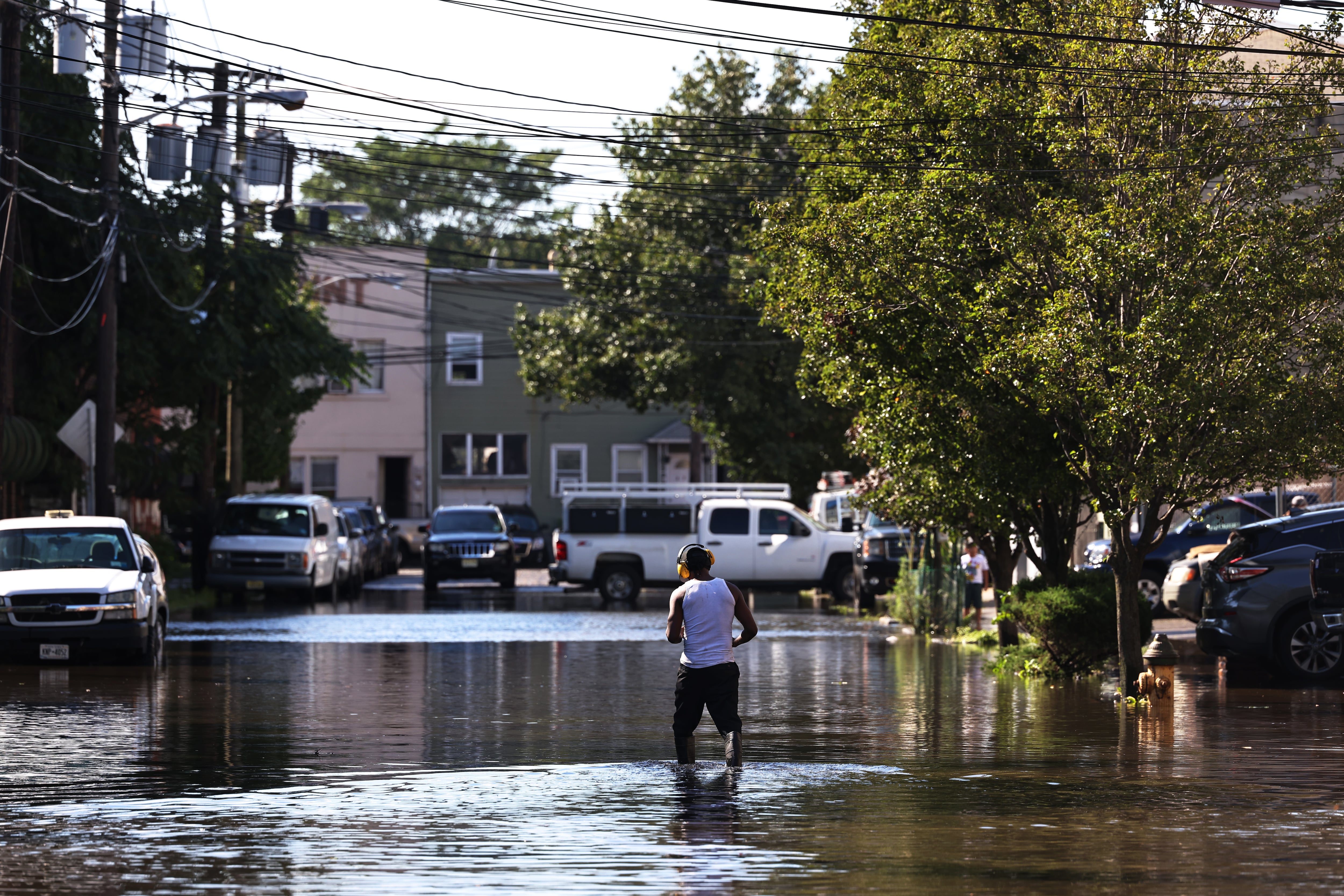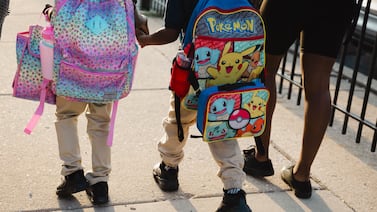The remnants of Hurricane Ida caused “catastrophic damage” to Newark school buildings last week, including a fire, flooding, and ruined gym floors, district officials said Friday.
The massive storm, which led to at least 27 deaths in New Jersey, resulted in at least $5 million in damages to Newark schools, according to the district’s initial estimate. However, that amount is sure to rise as it does not include classroom supplies and building systems that need to be replaced, structural repairs that must be made, and the replacement of three gymnasium floors that buckled due to flooding, officials said.
The Sept. 1 tropical storm forced some school districts surrounding Newark, including those in South Orange-Maplewood and Elizabeth, to plan for a delayed start of the school year. However, Newark, which is the state’s largest district, managed to open as scheduled this Tuesday despite the damage.
Officials attributed that feat to the hard work of the district’s maintenance crews, custodians, and other employees, some of whom worked around the clock after the storm struck.
“They put the district’s needs above their own and those of their families and even their own homes,” school board President Dawn Haynes said in a statement. “They did not want to let anyone down, especially the children, and they did not.”
New Jersey remains under a state of emergency following the severe flooding and wind damage caused by Tropical Storm Ida and several tornadoes that tore through the state, which President Joe Biden visited this week during a tour of Ida’s destruction. Newark saw a record amount of rainfall that caused flash flooding, forced Newark Liberty International Airport to halt flights, and stranded hundreds of Newark residents who had to be rescued by firefighters and police.
The damage also battered buildings belonging to Newark Public Schools, which operates 65 schools in dozens of campuses across the city. Some 33 district buildings were flooded, causing water damage in school basements, libraries, gymnasiums, and classrooms, according to information the district released Friday. A district data system stopped working, and a fallen tree blocked a school entrance.
In response, the district bought and rented equipment to remove water and try to prevent mold and mildew from forming, the press release said. Every school required “additional attention” after the storm in order to open successfully this week, the release added.
“Just like other school districts, we should not have been able to open,” the press release said, “but we did. We opened on day one because of our incredible staff.”
Chalkbeat asked the district last week which schools were damaged by the storm, but that information has not been shared. The district spokesperson also did not say whether the state or federal government will provide Newark schools with any disaster relief money to aid the recovery efforts.







